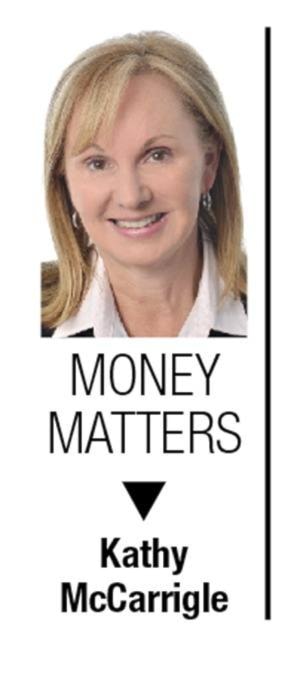RRSPS have been all over the news in the weeks leading up to the March contribution deadline, but before we stop talking about them (until another RRSP deadline starts looming), what if we could get as many Canadians as possible to open their first RRSPs this month?
In fact, I’d like to propose that we make March “Open Your RRSP month” and keep the focus on this important retirement savings vehicle even after the Canada Revenue Agency deadline is past. After all, while the tax benefits are attractive, RRSPs are not just about tax refunds. And with just 23.4 per cent of Canadian tax filers contributing to an RRSP in 2013, according to Statistics Canada, there is room for improvement.
To this end, I want to take a slightly different approach in this month’s column by asking financial planners from my financial institution to share some of the best advice they give to customers who don’t yet have RRSPs. They provide reasons why an RRSP is a good idea as well as practical tips to help make them work for you.
Financial planner Annie Wong says starting early can make a big difference. “Start contributing to your RRSPs when you are young and let the magic of compounding work for you,” Wong says. “Compound interest kicks in when the interest earned on your principal is ploughed back into your investment, allowing you to earn interest on your original principal plus returns on your reinvested interest,” she explains.
Financial planning professional Jeremy Kimm also tells his customers the best time to open an RRSP is yesterday. “When looking at investments or saving for a goal, time is your best friend,” Kimm says. “Even though some goals may seem distant and intangible, start early and make the absolute most of the time you have to ensure your success.”
To help maintain your discipline, financial planner Kevin Scarsbrook suggests automation. “Set up a regular investment plan for your RRSP through Pre-Authorized Contributions,” he recommends. “This will eliminate the last-minute contribution rush, get your money working for you all-year-long, and leverage the advantage of dollar-cost-averaging to reduce risk and maximize your investment returns.”
Wong says some of her customers are unaware of the fact that RRSPs can be helpful in areas beyond retirement. “Although retirement savings should be the primary goal of your RRSP,” Wong says, “It can help you save towards a down payment for your principal home, under the Home Buyers’ Plan, or help pay for full-time postsecondary education, under the Lifelong Learning Plan. Business owners are also pleased to learn that RRSPs are creditor-proof, which can be very reassuring.”
Once you’ve opened your RRSP, it’s important to keep abreast of what’s happening with your investments, says financial planner Brian Mayhew of Coast Capital’s Semiahmoo branch. “Review your investments regularly. Do you remember why you made this investment? Are the reasons still valid? Would you make the investment today at current prices? If you can't answer all three questions with a clear yes, you should reconsider the investments.”
In terms of returns, financial planner David Lam says he advises his customers to vary their investment approach depending on their age. “When you are younger, focus on return on capital” Lam says. “As you approach retirement, focus on return of capital. But ultimately, it’s time in the markets not market timing that will help one grow a larger investment portfolio.”
Of course, there’s also the tax benefits of making RRSP contributions – your investments can help reduce your taxable income and may help get you a refund. Financial planning pro Robert Wong says he helps customers understand what a great deal they are getting.
“When you pay yourself first by investing a portion of each pay cheque, you don't only benefit from the growing financial security it provides” he says. “As if that’s not enough, the government pays you for taking care of your own future when you file your taxes.”
So, there you have it, if you ever needed to be persuaded. The RRSP is certainly not the only option for retirement planning in Canada, but it offers a pretty good plan. March is a good time to look into one, if you’re not currently investing for the sunset years – just contact your financial institution and they’ll be happy to help.
Kathy McGarrigle is Chief Operating Officer for Coast Capital Savings (www.coastcapitalsavings.com), Canada’s second largest credit union.
